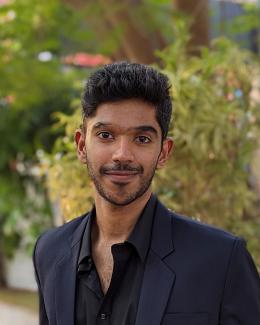Abstract
Residual stress (RS) significantly impacts the mechanical performance of components. Measurement of RS often provides incomplete data in terms of components of stress and spatial density. Employing such fields in finite element simulations results in significant modification of the field to achieve equilibrium and compatibility among strains. To overcome this, an iterative stress reconstruction algorithm (ISRA) is developed to estimate 3D RS fields that satisfy equilibrium, are stress component-wise complete, and represent the characterized data sampled. An Al 7075-T651 plate and an additively manufactured (AM) A36 steel wall are considered for RS reconstruction using measurement data from the literature. A maximum variation of ∼2.5 MPa in the Al plate, and ∼10 MPa in the steel wall are observed between the reconstructed and measured stresses. Furthermore, unknown stress components emerge and reach significant magnitudes (upto ∼2.3 MPa in the Al plate and ∼45 MPa in the AM wall) during ISRA. Indeed, it is found that minor errors in measurement or data processing are eliminated through the physical requirements during ISRA. Employing a reconstructed RS field is hence not just more accurate given its compatibility, but it additionally corrects for minor errors in measurement. Furthermore, it is found that spatially dense measurement data result in convergence with fewer iterations. Finally, although ISRA yields a nonunique solution dependent on boundary conditions, measurement errors, fitting errors, and mesh density, it accommodates for uncertainties and inaccuracies in measurement, as opposed to failing to reach a physically realistic converged solution.





